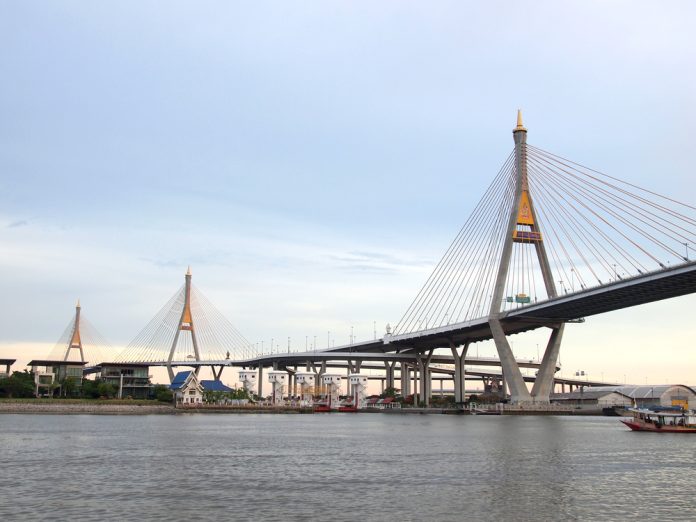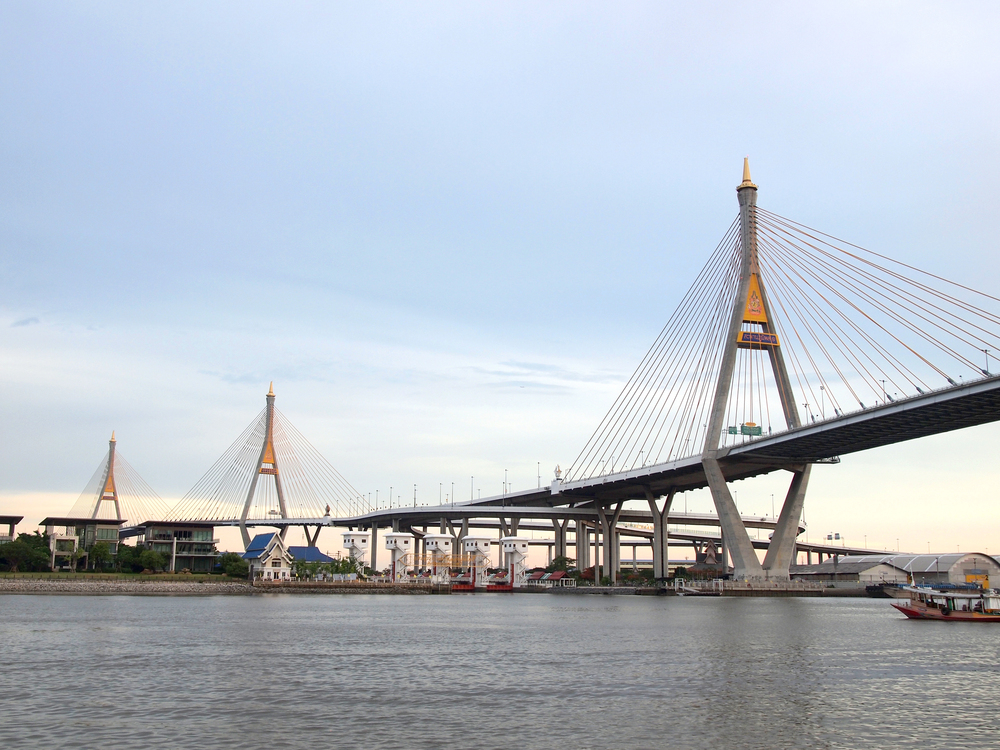
When the Italian government’s interministerial committee granted the definitive go-ahead to the 3.3-kilometer Strait of Messina Bridge, it was not merely a bureaucratic hurdle it was the spark to one of the bolder engineering projects in contemporary Europe. The decades-long venture now lies at the nexus of seismic research, environmental protection, and economic renewal, with the potential to redefine both the physical and strategic terrain of southern Italy.

1. Engineering on the Edge: Merging Seismic Challenges
Constructing a record-length suspension bridge spanning one of the Mediterranean’s most seismically active straits is a challenge few countries would undertake. The Messina Strait lies over the infamous Messina fault, which had released a catastrophic earthquake in 1908. The design of the bridge 3.3 kilometers long with two 400-meter towers should be able to tolerate not only regular stresses but also the infrequent, furious ground motions characteristic of fault-crossing structures. Webuild, the Italian construction behemoth spearheading the project, claims that “suspension bridges are structurally less vulnerable to seismic forces,” citing successful precedents in Japan, Turkey, and California. The flexibility of the bridge, a characteristic of long-span suspension systems, is a strategic benefit: long-span suspension bridges perform admirably in the detection of fault dislocations, making them the best choice for crossing active seismic faults seismic design guidelines.
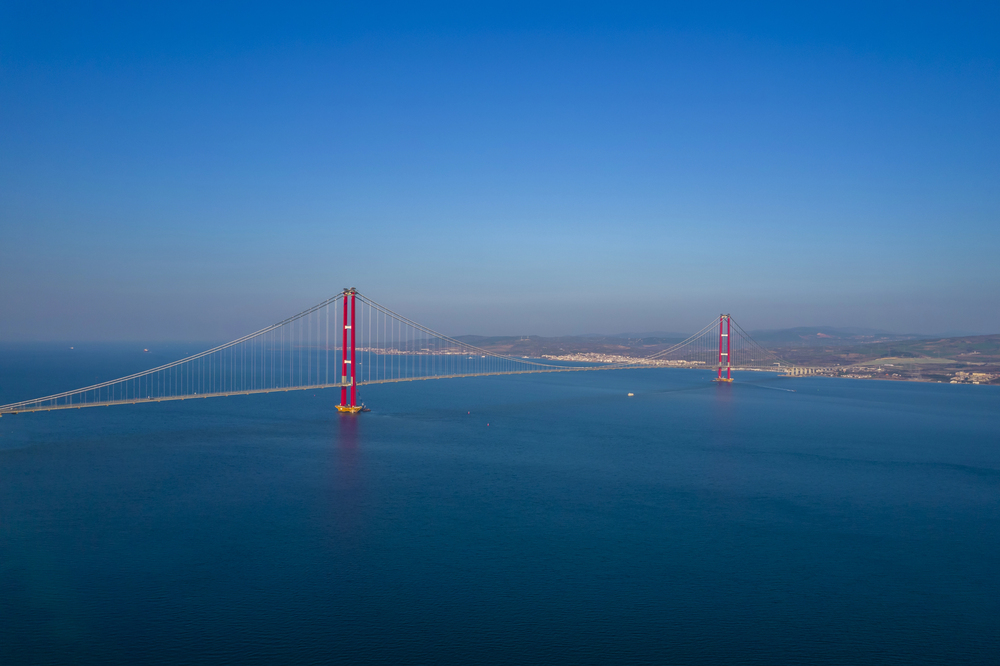
ophisticated seismic analysis for such mega-structures currently includes not just ground shaking but also permanent ground displacements so-called “fling-step” and directivity effects based on synthetic ground motion models checked against actual earthquake data. Finite element modeling and nonlinear dynamic analysis form the core of the bridge’s seismic design, enabling engineers to analyze the complicated interaction of geometric nonlinearity, soil-structure interaction, and multi-directional ground motion inputs finite element analysis. Recent studies highlight the critical role of damping systems and lattice composite towers in minimizing seismic responses, lessons learned from China’s Qiongzhou Strait Bridge and Turkey’s Canakkale Bridge.
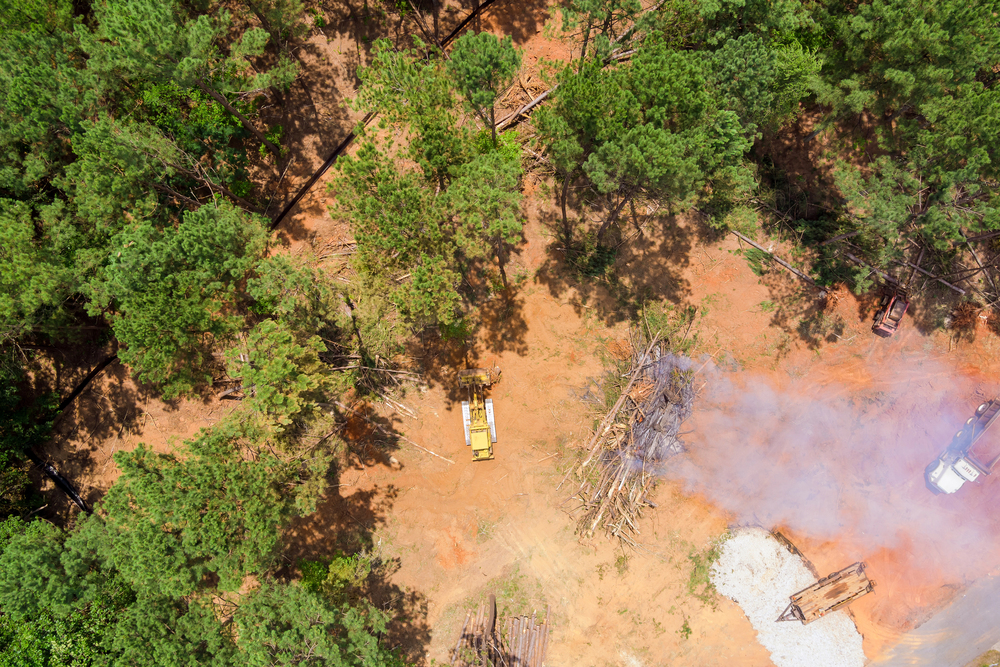
2. Environmental Frontlines: Navigating Coastal Ecosystem Risks
The environmental impact of the Messina project is being watched very closely. Green groups have submitted official complaints to the European Union on the grounds of “serious risks for the local environment,” such as dangers to migratory bird corridors and ocean ecosystems. Construction of the bridge will necessitate millions of liters of water every day in areas already subject to drought, and land expropriation endangers communities as well as sensitive coastal areas local resistance.
Current best practices in coastal infrastructure require stringent Environmental Impact Assessments (EIA), with mitigation methods ranging from scheduling construction to bypass nesting seasons, to the coordination of borrow materials for beach nourishment, and the return of disturbed habitats after construction. “Inspection and re-nourishment cycles are more frequent than for typical hard structures, resulting in increased maintenance costs,” says a recent sustainable coastal protection review, pointing out the trade-offs between soft and hard engineering solutions to coastal mitigation measures. The bridge’s EIA also needs to discuss cumulative impacts, from sediment removal to alteration of local hydrodynamics and possible biodiversity loss.
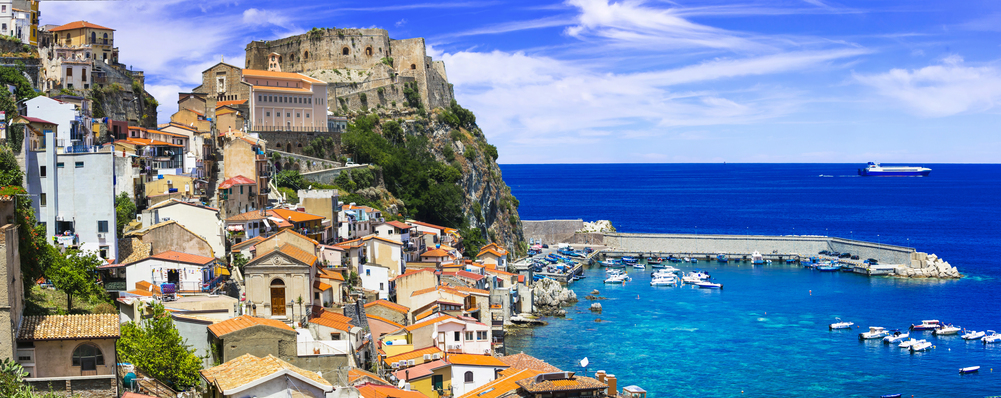
3. Economic Engine or Financial Sinkhole?
Supporters of the €13.5 billion project refer to it as a “development accelerator” for Sicily and Calabria, regions of long-standing marginalization in Italy’s economic order. Transport Minister Matteo Salvini says the bridge will generate 120,000 jobs annually and trigger billions of ancillary infrastructure investment. The double-use design of the bridge three traffic lanes in each direction and a double track railway seeks to replace the 30-minute ferry ride with a 10-minute car trip and allow 200 trains daily to cross the strait, reducing logistics time and cutting economic estimates.
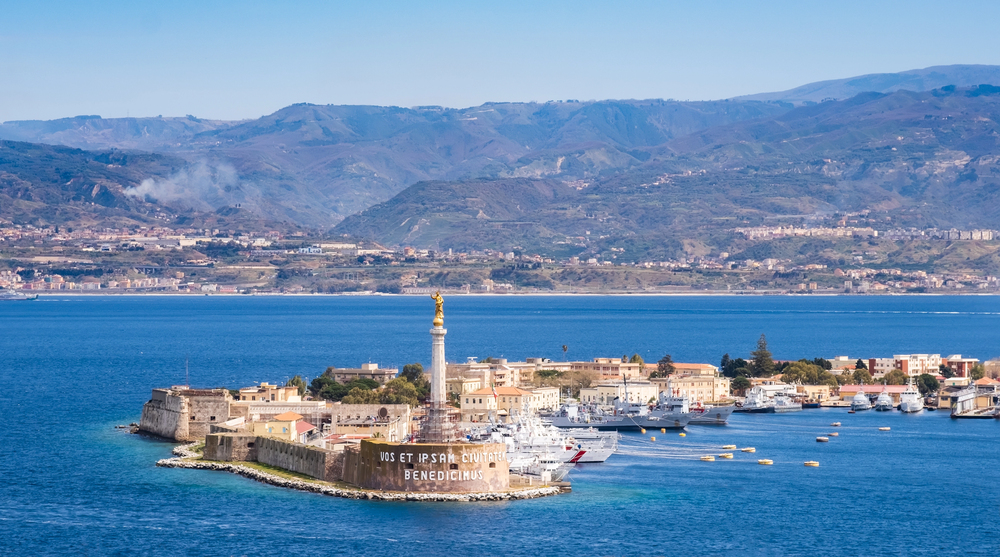
But there is warning by critics of a “gigantic black hole” in public resources. Democratic Party Senator Nicola Irto says the bridge will “steal essential resources from local transport, up-to-date infrastructures, safe schools and good healthcare centers.” There is also fear of mafia penetration, and the government has promised strict anti-mafia procedures and surveillance based on those employed by the Expo 2015 World’s Fair and Milan-Cortina 2026 Winter Games.

4. Strategic Infrastructure: Beyond Civilian Use
Italy’s government wants to define the bridge as a military asset, including it in NATO’s 5% GDP defense spending goal. The strategic position of the bridge might allow for quick movements of troops and equipment to NATO’s southern border, something that is not lost on both supporters and detractors. “It is clear that it is dual-use and can hence be used for security purposes as well,” Salvini said. But more than 600 researchers and professors signed a letter opposing that categorization, citing that it would mean that further testing for military resilience would be needed and that it would raise the profile of the bridge as a potential target.
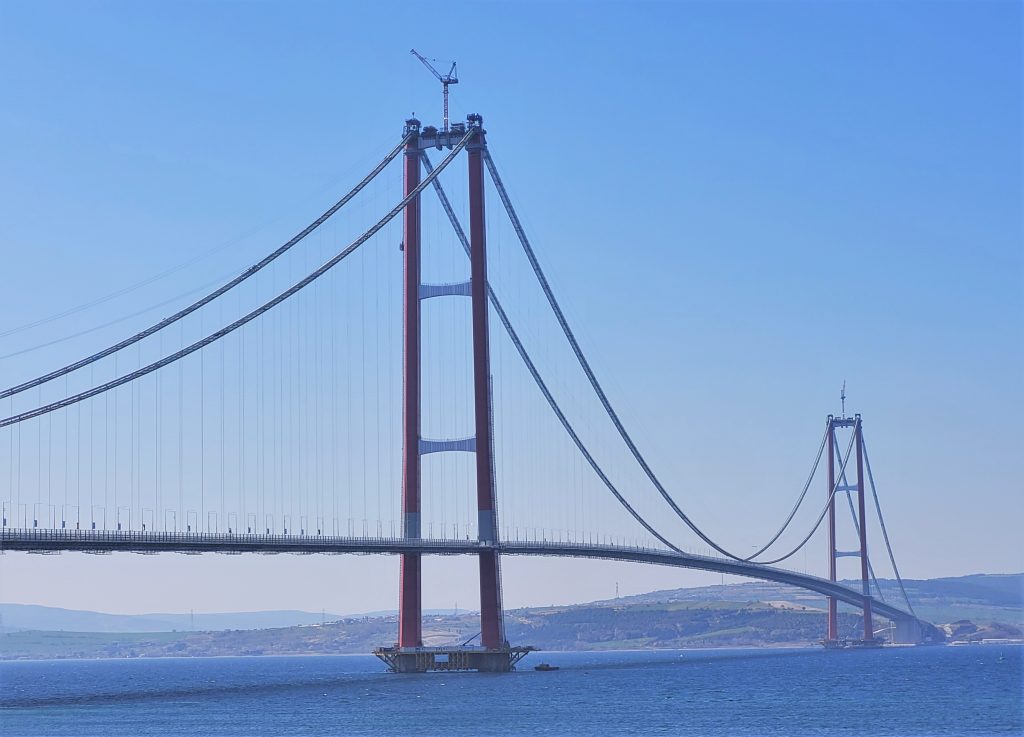
5. Technical Innovation: Lessons from Global Mega-Projects
The Messina Bridge design borrows from the new developments in long-span suspension bridge design. The bridge’s deck will have a wing profile with a fuselage-like cross-section, providing aerodynamic vents for wind passage a proven solution used on Turkey’s Canakkale Bridge. Lattice composite towers and optimized damping systems, now an integral part of seismic bridge design, will be used to maximize energy dissipation and structural strength. “The lattice composite tower would dramatically enhance seismic performance of super-long span suspension bridge, and the ideal damping system would significantly enhance energy dissipation capacity of entire system,” was the finding of a new study on seismic mitigation seismic mitigation systems.
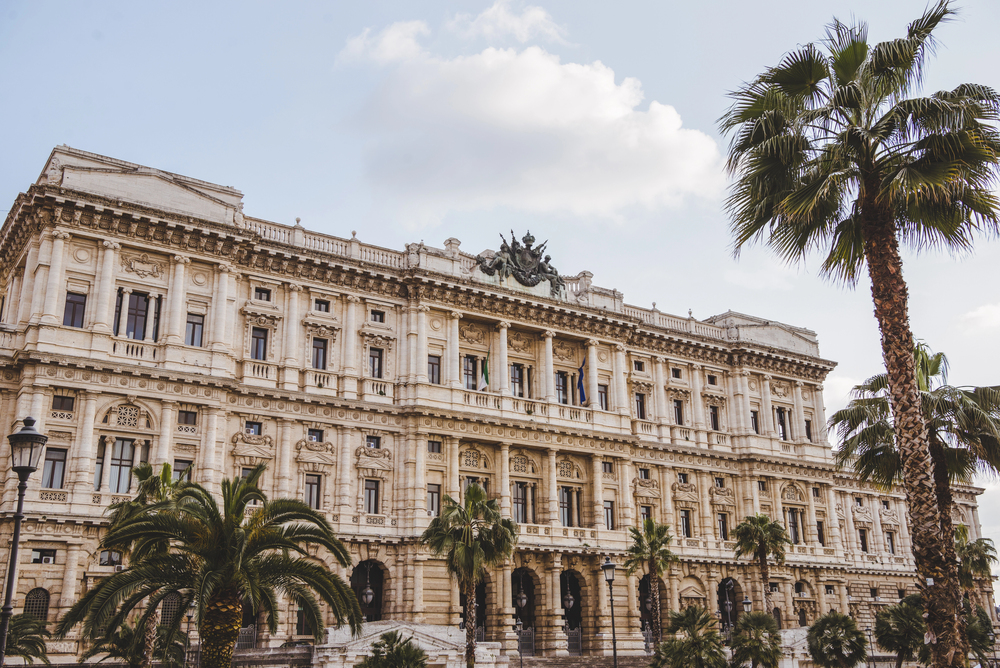
6. Project Governance and the Way Forward
The future of the project depends on a tangled network of approvals, from Italy’s Court of Auditors to national and EU environmental agencies. Residents subject to expropriation still have the right to challenge it legally, and there is still a risk of bureaucratic or political delay. Webuild’s consortium, with Spain’s Sacyr and Japan’s IHI, brings international expertise from experience such as the Akashi Kaikyō Bridge and the Panama Canal expansion. Initial works, such as geologic and archaeological studies, will start as soon as autumn 2025, with a complete construction launch in 2026 and completion by 2032.

The Messina Bridge is not just a crossing; it is an experiment on whether engineering, governance, and environmental stewardship can coexist at the level the 21st-century infrastructure dictates. As Prime Minister Giorgia Meloni had described, “We enjoy difficult challenges when they make sense.”
